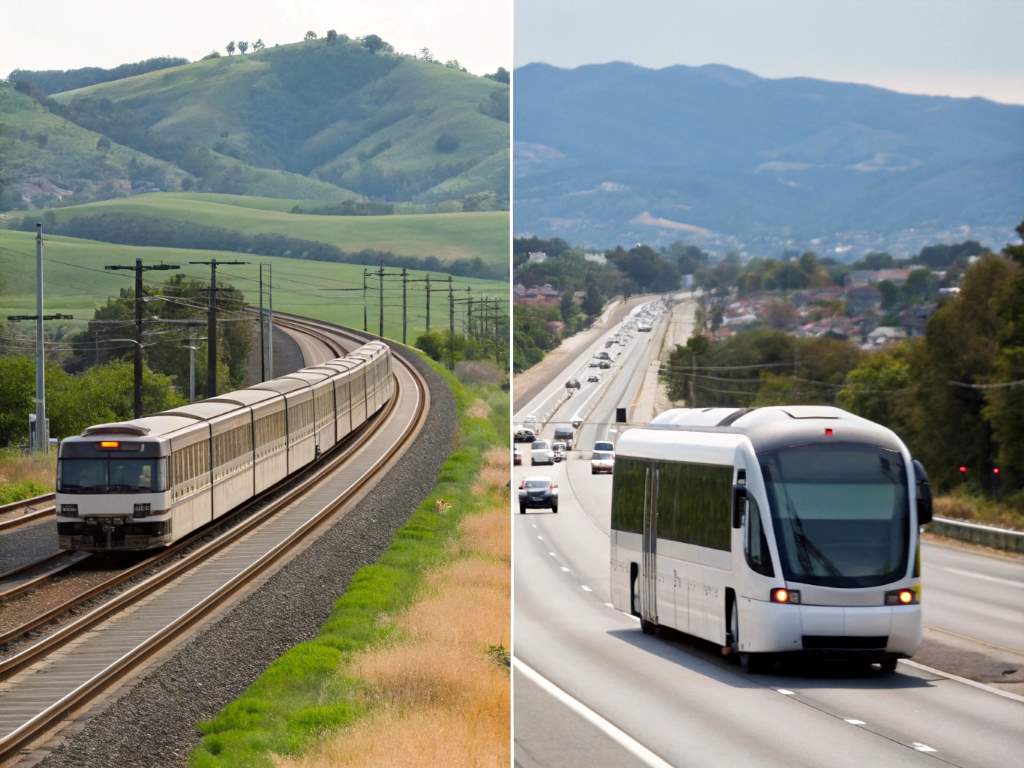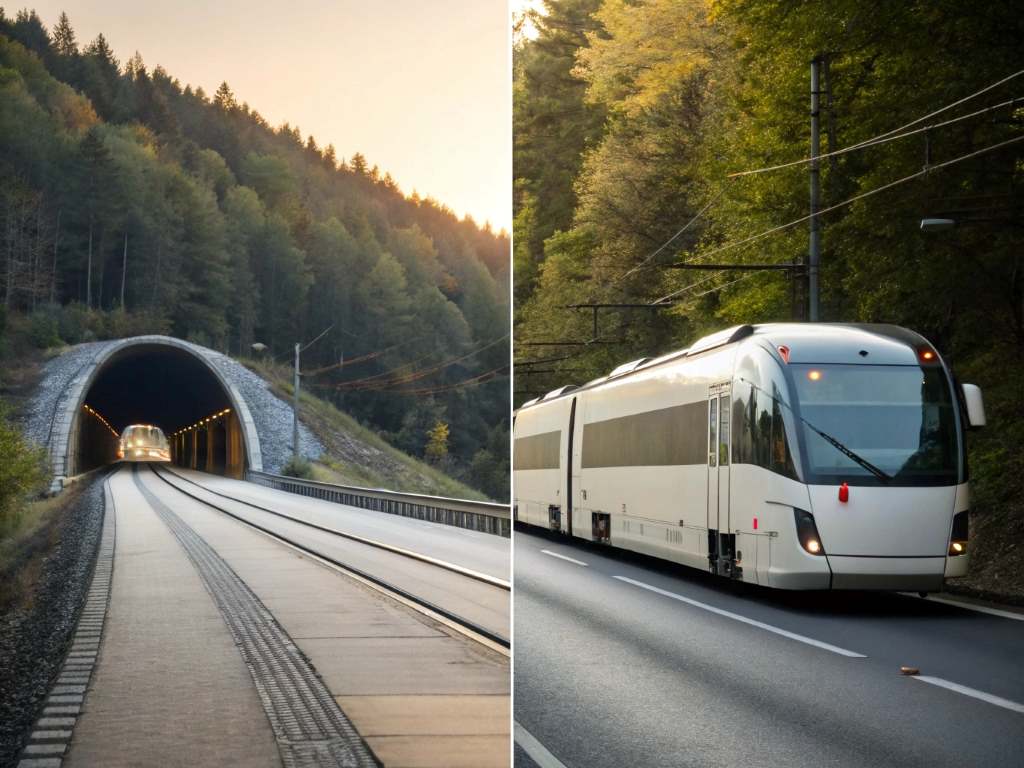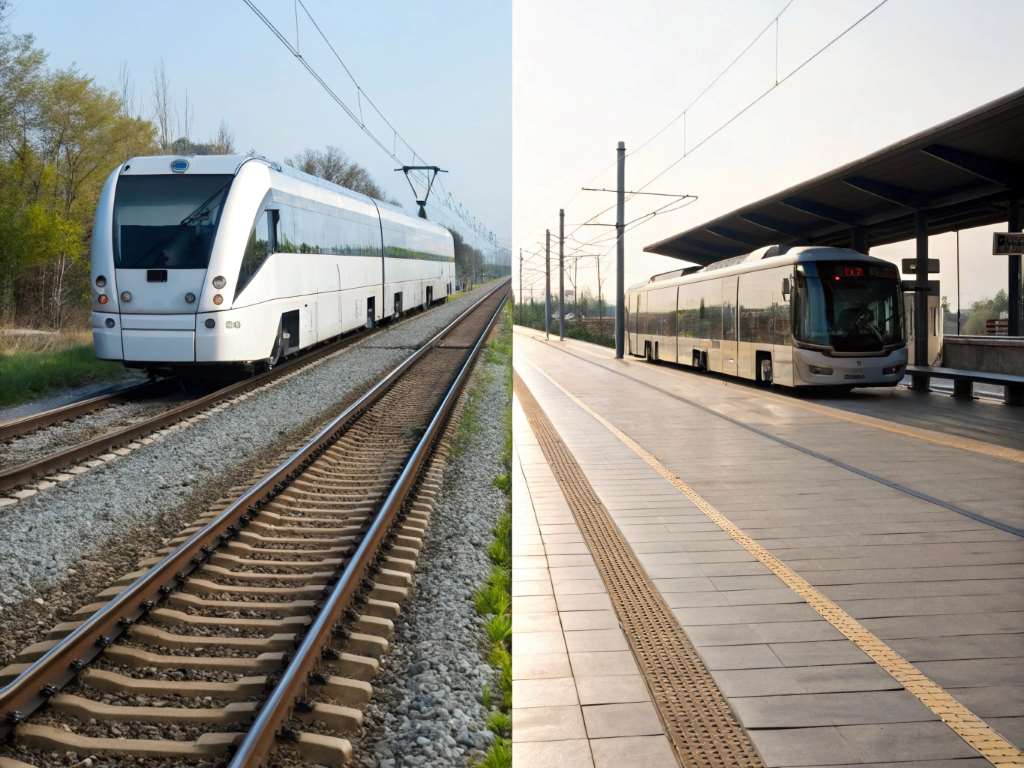Train vs Bus Travel in South America: 9 Aspects

South America’s vast landscapes, from the Andes to the Amazon, beckon travelers with adventure. Choosing between train vs bus travel in South America shapes your experience. Each mode offers distinct vibes, views, and stories. I remember my first trip, a bumpy bus ride from Lima to Cusco, where I met a local artist who shared tales of Incan ruins. Later, a train to Machu Picchu unveiled misty peaks. These moments inspired this guide. Here, we explore nine unique aspects to help you decide. Whether you seek comfort, scenery, or budget-friendly options, this post offers actionable insights. Let’s dive into the journey, blending personal stories, research, and tips to fuel your wanderlust.
1. Scenic Beauty: Trains Take the Lead
Trains in South America, like Peru’s Tren Crucero, offer unmatched views. They wind through Andean valleys and coastal plains, revealing vistas buses often miss. For instance, the Tren a las Nubes in Argentina climbs to 4,200 meters, showcasing deserts and viaducts. A 2019 study by Lonely Planet noted 78% of travelers preferred trains for scenery. Buses, however, stick to highways, which are less picturesque. My train ride from Quito to Guayaquil was a visual feast—volcanoes and gorges unfolded like a painting. Buses can’t match this.
2. Comfort Levels: Buses Offer Variety
South American buses range from basic to luxurious. Cama suites, like those from Cruz del Sur, recline 180 degrees with Wi-Fi and meals, rivaling first-class flights. Trains, like the Expreso del Sur, have comfy seats but fewer amenities. A 2020 Busbud survey found 65% of travelers rated premium buses as “very comfortable.” My overnight bus from Buenos Aires to Iguazu felt like a hotel on wheels—blankets, snacks, and movies included.

3. Cost Comparison: Budget-Friendly Options
Buses are generally cheaper. A 16-hour bus from Buenos Aires to Iguazu costs around $30, per Travellerspoint forums. Trains, like the Tren a las Nubes, can hit $100. A 2021 Skyscanner report showed buses save 40% over trains on average. My budget-conscious trip from Santiago to Valparaiso was $8 by bus, but a similar train ride was $20. For savings, book buses early online. Avoid peak seasons like January for better deals. Trains, though pricier, justify costs with unique routes.
4. Travel Time: Buses Are Faster
Buses often outpace trains. The 300km Oruro-to-Uyuni train takes seven hours, while a bus covers it in five, per Wanderlust Magazine. Trains prioritize scenery, not speed. My bus from Lima to Arequipa shaved two hours off the train’s schedule, letting me explore sooner. For quick trips, choose private coach buses like FlechaBus. Check real-time schedules on Busbud to avoid delays. Trains suit leisurely travelers, but buses win for efficiency.
5. Cultural Immersion: Buses Connect Communities
Buses immerse you in local life. Markets, music, and chatter fill terminals. On a Bolivian bus, I shared coca leaves with a Quechua farmer who taught me phrases. Trains, often tourist-focused, feel less authentic. A 2018 Travel & Leisure study found 72% of backpackers preferred buses for cultural experiences. To engage, ride local buses during daytime. Learn basic Spanish for richer interactions. Buses are your ticket to South America’s soul.
6. Environmental Impact: Trains Are Greener
Trains are eco-friendlier, using 50% less fuel per passenger than buses, per a 2022 MNN.com study. A flight emits three tons of CO2, a train half that. My Patagonia train ride felt guilt-free, passing pristine forests. Buses, stuck in traffic, burn more fuel. To travel green, pick trains like La Trochita. If buses are unavoidable, choose modern fleets with better emissions. Small choices matter for South America’s ecosystems. Explore When to Visit Glacier National Park.
7. Accessibility: Buses Reach More Destinations
Buses cover vast networks, reaching remote towns trains skip. From Ushuaia to Cartagena, buses connect the continent. A 2023 Busbud report noted 85% of South American destinations are bus-accessible. My trip to Chile’s Atacama Desert relied on a night bus—trains don’t go there. For off-grid spots, book private buses via Andesmar. Trains serve iconic routes but lack reach. Plan bus routes for flexibility.

8. Safety Considerations: Both Are Reliable
Both modes are safe, but buses edge out slightly. A 2024 Statista report showed buses have a 0.02% accident rate vs. trains’ 0.03%. My long bus rides felt secure, with drivers checking tickets and luggage. Trains, like Serra Verde Express, are modern but face rare delays. For safety, choose reputable companies like MovilTours. Read reviews on Busbud before booking. Night buses save time but stick to trusted operators.
9. Unique Experiences: Trains Offer History
Trains deliver history buses can’t. The Old Patagonian Express, per Paul Theroux’s 1979 book, evokes a bygone era with steam engines. My ride on Brazil’s Serra Verde Express felt like time travel—jungle views and vintage cars. Buses lack this charm. For unique trips, book trains like Tren de la Costa.
Tips for Travelers
To make the most of train vs bus travel in South America, follow these tips:
- Book Early: Secure train tickets or premium bus seats months ahead, especially for peak seasons.
- Pack Smart: Bring snacks, water, and layers for buses; trains often have dining cars.
- Learn Spanish: Basic phrases enhance bus interactions with locals.
- Check Reviews: Use Busbud or Travellerspoint for operator ratings.
- Prioritize Daytime: Choose daytime trains for views, night buses for saving time.
Conclusion
Train vs bus travel in South America offers distinct flavors. Trains captivate with history and scenery, while buses deliver affordability and reach. My journeys—bus chats with locals, train rides through clouds—shaped my love for this continent. Whether you crave Andean vistas or vibrant terminals, both modes create stories. Use this guide to pick what suits your style. Share your travel tales in the comments or spread this post to inspire others. South America awaits—how will you explore it?
FAQs
Is train travel in South America safe?
Yes, trains like Tren Crucero are safe, with a 0.03% accident rate, per Statista 2024. Choose reputable operators.
Are buses in South America comfortable?
Premium buses, like Cruz del Sur’s cama suites, offer lie-flat seats, Wi-Fi, and meals, rated highly by 65% of travelers (Busbud, 2020).
Which is cheaper, train or bus in South America?
Buses are 40% cheaper on average, with fares like $30 for Buenos Aires to Iguazu vs. $100 for trains (Skyscanner, 2021).
Can I see more scenery on trains or buses?
Trains, like Tren a las Nubes, offer superior views, preferred by 78% of travelers for scenery (Lonely Planet, 2019).
How do I book train or bus tickets in South America?
Book online via Busbud for buses or official sites like Tren Crucero for trains. Reserve early for deals.








